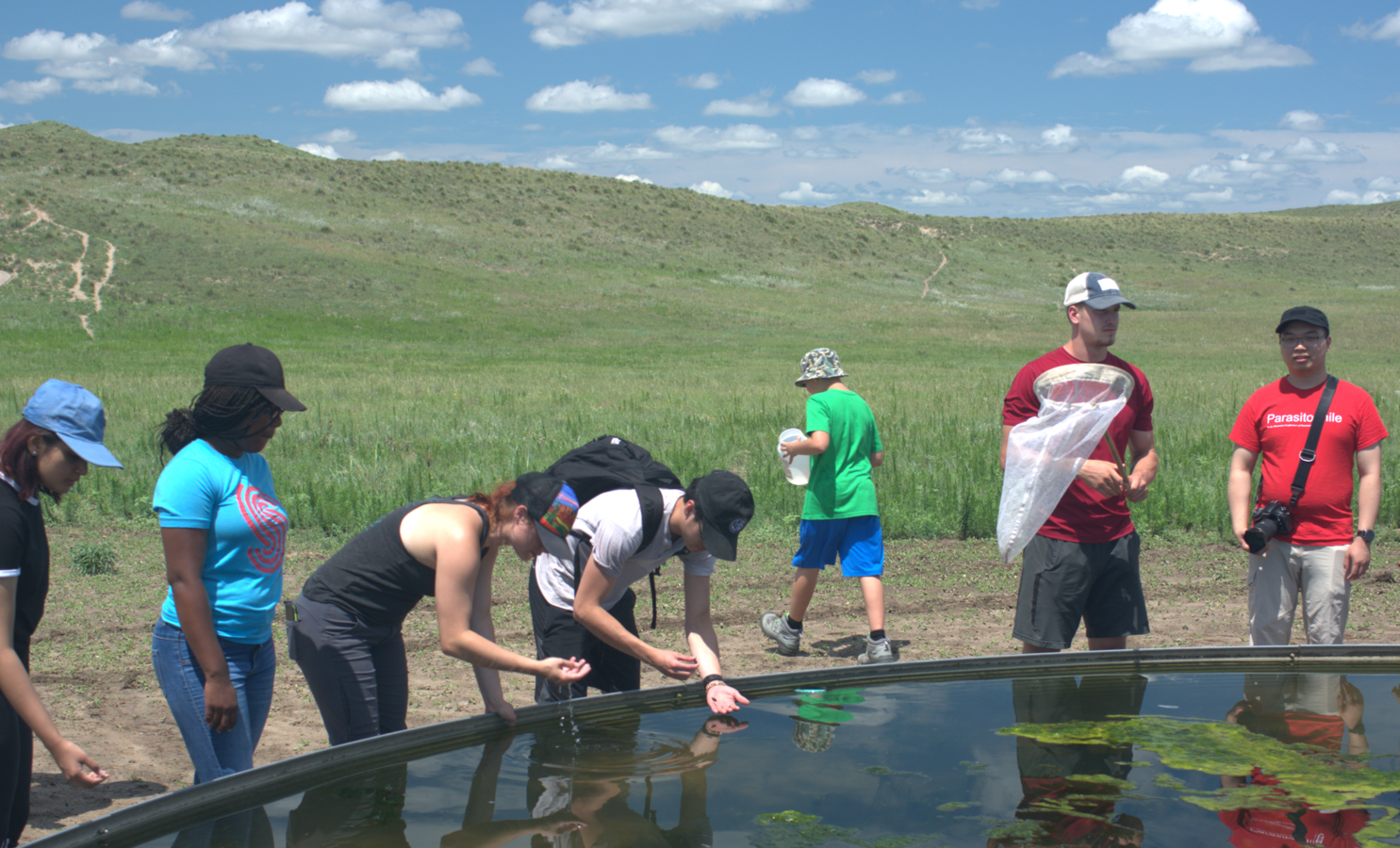Parasitology, Harold W. Manter Laboratory of

Concepts in Animal Parasitology
Date of this Version
2024
Document Type
Book Chapter
Citation
Concepts in Animal Parasitology. 2024. Scott L. Gardner and Sue Ann Gardner, editors. Lincoln, Nebraska, United States: Zea Books
doi: 10.32873/unl.dc.ciap069
Supplemental chapter; auxiliary concepts
Abstract
Chapter 69 in Concepts in Animal Parasitology, S. L. Gardner and S. A. Gardner, editors. 2024. Zea Books, Lincoln, Nebraska, United States
Introduction
Parasitism, in this chapter, is defined as “a close association of two organisms, in which one—the parasite—depends on the other—the host—deriving some benefit from it. The benefit is often food” (Rohde, 2005b). Many bacteria, viruses, and fungi are parasitic but usually not studied by parasitologists sensu stricto; they are the domain of microbiologists. Parasites as defined here do not always harm their host; the border between so-called genuine parasites and other symbionts such as commensals is often blurred, and investigators who work on disease aspects tend to emphasis the pathogenic aspects and may not consider non-pathogenic species as truly parasitic (see also Shields and Overstreet, 2007). Frequently, species that are harmless under certain conditions become pathogenic under others (see, for example, Overstreet and Lotz, 2016).
There has been much discussion of marine diversity in general and of diversity of marine parasites specifically. Parasite diversity depends on the diversity of their hosts. The more potential hosts, the more parasites can be expected. Appeltans et al. (2012; see also Costello and Chaudhary, 2017) concluded that between one-third and two-thirds of marine species (including both free-living and parasitic ones) had been described already. Rohde (2002a; 2010) emphasized that a very large number of species, particularly of invertebrates and their parasites in the deep sea, and in the meiofauna, remained to be described, a conclusion supported by the finding that there is a vast pool of environmental DNA (eDNA, metabarcoding) in the deep sea benthos (Sinniger et al., 2016), much of which may belong to bacteria but also to protistan and metazoan parasites. Sinniger et al. (2016) conclude that “the data obtained … reveal pronounced heterogeneity and vast amounts of unknown biodiversity in the deep sea.”
Concerning beach meiofauna, in the largest study made by many authors over many years, at the North Sea Island of Sylt, and reviewed by Armonies and Reise (2000), 652 species had been recorded, 25 times as many as found in the macrofauna, and an estimated total of about 200 species still had to be described. No systematic survey of these meiofaunal animals for parasites has been made. Surveys (one not published) have shown that the meiofauna in other geographic regions contains many different species, indicating that a large pool of yet undescribed species exists (Rohde, 2016; see also Poulin (2014) for parasite diversity).
Included in
Biodiversity Commons, Ecology and Evolutionary Biology Commons, Educational Methods Commons, Entomology Commons, Parasitic Diseases Commons, Parasitology Commons, Science and Mathematics Education Commons


Comments
Copyright 2024, the authors and editors. Open access
License: CC BY-NC-SA 4.0 International